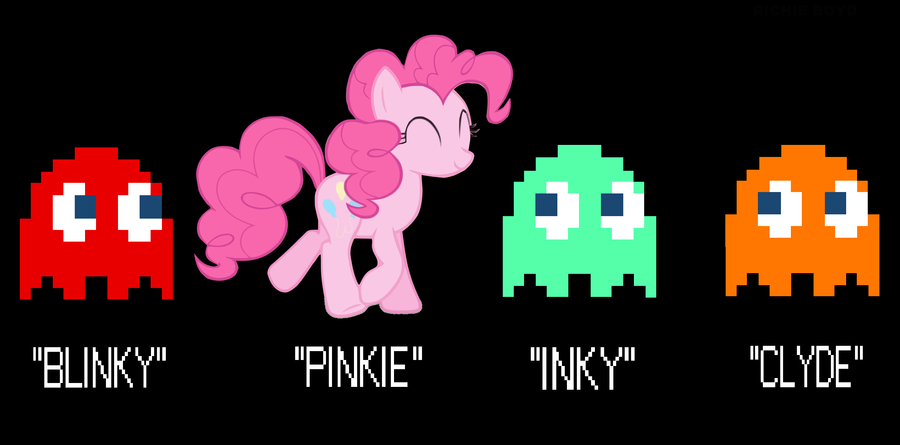
Models will consist of the various game elements. I've included a (likely incomplete) diagram to help illustrate as well as my Rubberduck folder structure (also incomplete) Again, in this case, I will implement an Excel Worksheet-based view for the game. The design will resemble an MVP pattern with the idea that the View part of the architecture can be implemented in any number of ways. (The first UI implementation will be an Excel Worksheet). For this post, I'd like to get feedback on my overall architecture plan, and give you a very general look at the game logic class and how I intend to make it interface-able to a UI. There is going to be a lot to go over, so I hope you don't mind me breaking this into multiple code review posts, each with some smaller scope of focus. The other goal is to get as close to the real game rules as I can. One of my main goals with an OOP implementation is to have the game logic decoupled from the UI so that one could implement a UI as an Excel Worksheet, or a Userform, or whatever else you might imagine available to you in VBA.

VBA comes with a host of challenges (lack of inheritance, single thread environment, etc) that I seek to overcome.
Pac man pinky clyde source code how to#
I think this task is not all that hard in most languages but, I first learned how to code via VBA and I, perhaps, have a masochistic fondness for the framework. I have been inspired by several other posts on the topic of OOP implementations in VBA to try and create a Pacman clone.


 0 kommentar(er)
0 kommentar(er)
